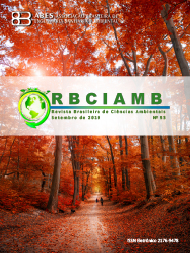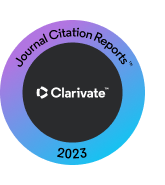ESTIMATION OF COFFEE BIOMASS IN AGROFORESTRY SYSTEMS UNDER ORGANIC AND CONVENTIONAL MANAGEMENT IN DIFFERENT ARRANGEMENTS
DOI:
https://doi.org/10.5327/Z2176-947820190488Keywords:
environmental service; carbon stock; allometric equationsAbstract
Nowadays, environmental services related to agroforestry systems are based on qualitative status. However, to occur the consolidation of payment of environmental services (PSE), factors that conditioning SAFs must be characterized. This study was carried out to evaluate if the individual biomass of coffee plants is affect by AFs characterized by distinctive management and design of Arabic coffee plants and grevilleas, in addition to checking the possibility of adjustment of allometric equations to estimate coffee dried biomass. The assay was carried out at coffee fields (Coffea arabica L.) associated with grevilleas (Grevillea robusta A. Cunn.) under conventional and organic management, situated at Planalto da Conquista and Chapada Diamantina, Bahia. From the biomass determination by destructive method of simple separation, estimation equations of individual biomass of coffee plants were established. It was concluded that the management system conventional or organic have minor impact to carbon and biomass accumulation when compared to coffee plants density and grevillea arrangement. The lower coffee plant density is a factor that determine the superiority of individual biomass stocks. Coffee plants density and grevillea arrangement are factor that determine different allometric models to coffee plants biomass estimation.
Downloads
Downloads
Published
How to Cite
Issue
Section
License
Copyright (c) 2019 Revista Brasileira de Ciências Ambientais

This work is licensed under a Creative Commons Attribution 4.0 International License.


























